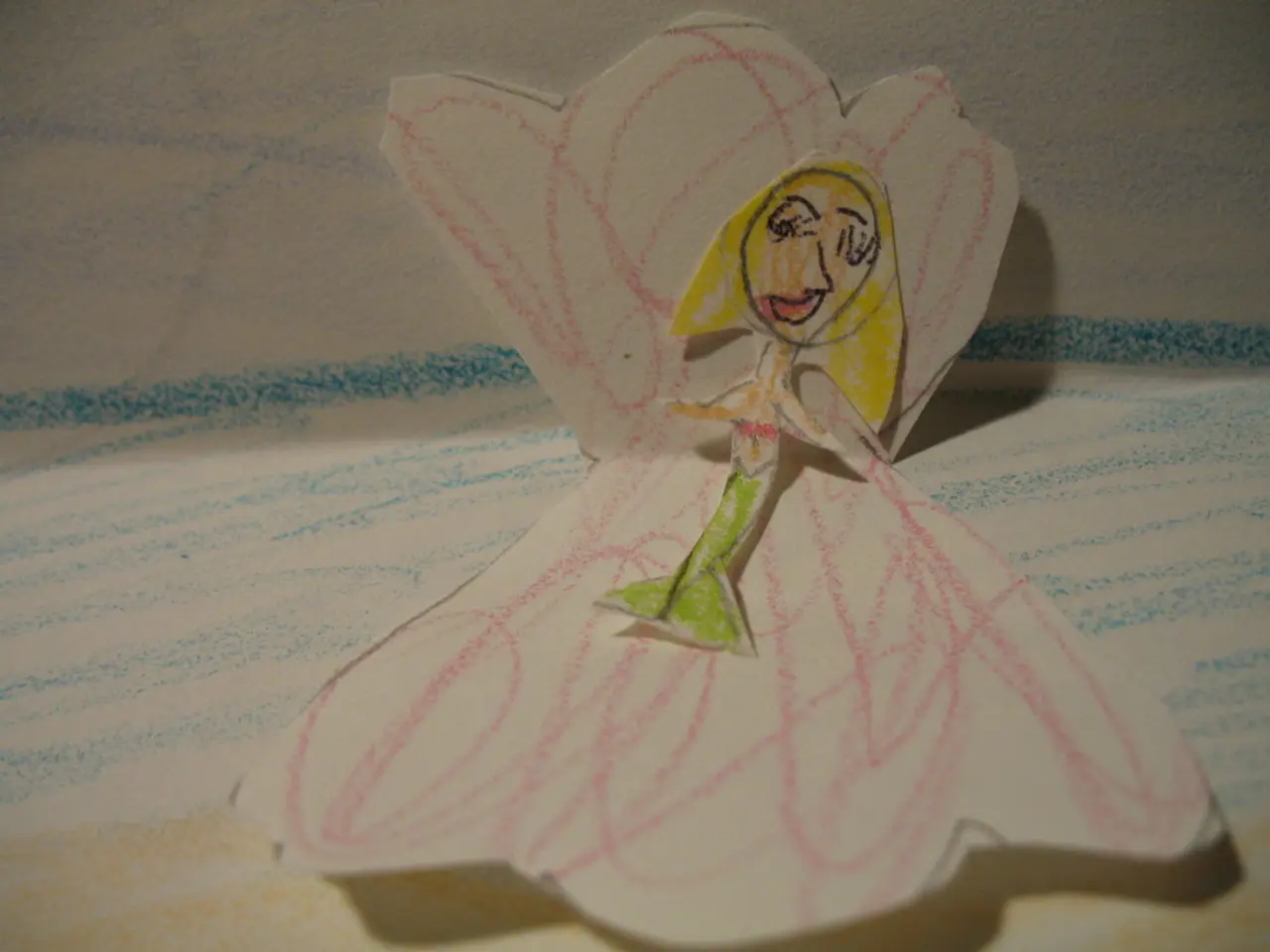AI's Role in the Creative Sector: Should It Be Overlooked, Prohibited, or Encouraged?
In the ever-evolving landscape of the creative industry, the integration of artificial intelligence (AI) is no longer a distant prospect but a reality. LEAP, a renowned agency, is leading the charge in this transition, recognising AI as a tool that can assist production, expand creativity, and never replace it.
The agency's strategic approach to AI involves a harmonious blend of AI's strengths and human creativity. AI is employed to handle repetitive, data-driven tasks, freeing human creators to focus on complex problem-solving, emotional nuance, and creative innovation. Meanwhile, humans excel in understanding context, managing emotions, and making nuanced decisions that require empathy and intuition.
To ensure a smooth transition, LEAP advocates a phased implementation and ongoing training. Creative professionals are integral to the AI adoption process, learning to use AI as a digital collaborator. This enables them to supervise and refine AI outputs rather than being replaced by them. Furthermore, continuous learning is encouraged to equip teams with the skills necessary to work alongside AI, interpret its outputs, and enhance their creative skills.
Maintaining a human-centered focus is another key strategy. User needs and experiences are at the heart of design and creative workflows, with AI-generated insights or content always being evaluated based on how it affects real people. Iteration based on human feedback ensures that final products resonate authentically.
Preserving authenticity and imperfection is crucial in the creative industry. While AI-generated content may lack the subtle imperfections and emotional depth that make human-created art compelling and relatable, LEAP encourages creatives to inject their unique perspectives and emotional resonance into final works. The agency also strives to guard against over-reliance on AI, ensuring that it supports originality and diversity rather than replace it.
Ethical use and transparency are central to LEAP's vision. Strong data protection measures are implemented, and AI's role in creative processes is made transparent. Users remain in control of their information, and AI systems are fair and accountable. Clear attribution and collaboration are also prioritised, with AI being seen as a tool that enhances human creativity rather than a replacement for it.
In summary, LEAP's strategic approach to AI integration balances efficiency and authenticity, ensuring that technology enhances rather than replaces the human element. The agency's commitment to embracing AI, using it as a tool rather than a replacement, creates job security and liberates creatives to focus on their craft.
References: [1] [Article on AI and the Creative Industry] [2] [Report on AI Adoption in Creative Industries] [3] [Whitepaper on AI and Human Creativity] [4] [Case Study on AI in Creative Workflows]
- The agency's strategic approach to AI involves a blend of AI's technological strength and human creativity, focusing on using AI to handle repetitive tasks while allowing creatives to focus on complex problem-solving and creative innovation.
- To ensure a smooth transition, LEAP advocates for continuous learning and a phased implementation, equipping creative professionals with the skills needed to use AI as a digital collaborator and supervise its outputs.
- Preserving authenticity and imperfection is vital for LEAP, as they encourage creatives to inject their unique perspectives and emotional resonance into final works to prevent the AI-generated content from replacing human-created art's subtle imperfections and emotional depth.
- LEAP's vision emphasizes ethical use and transparency, implementing strong data protection measures, ensuring AI's role in creative processes is made clear, and prioritizing clear attribution to maintain the idea that AI exists as a tool that enhances human creativity rather than a replacement for it.




